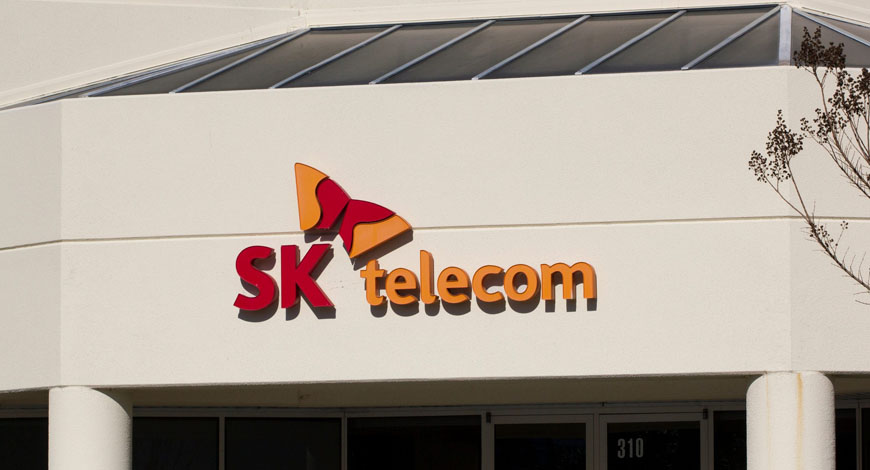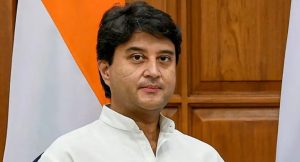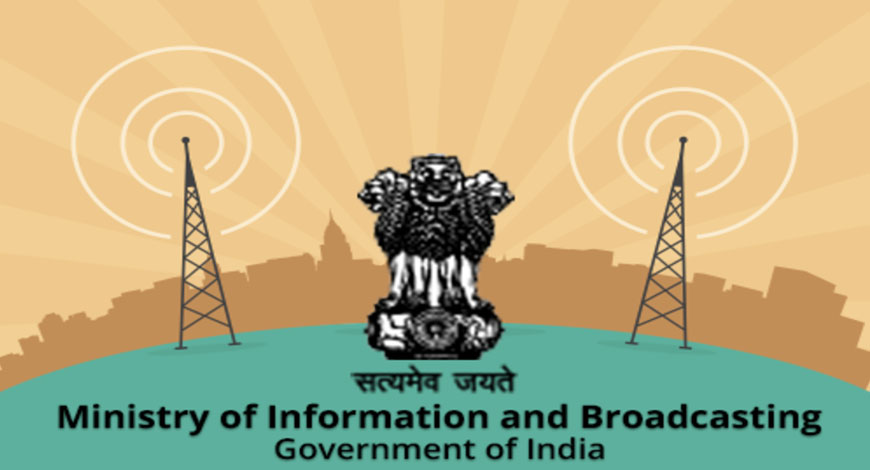Majority of Indian media and entertainment companies have got a hang of how over the top (OTT) model works and they have been taking steps to cut extra flabs to push their streaming businesses towards profitability from the earlier cash-burn mode.
Major players which have pan-India audiences, like Zee Entertainment Enterprises’ (ZEEL) ZEE5 and Ekta Kapoor-backed Balaji Telefilms’ ALTT, have cut operational costs over the years and have also gone through the process of rebranding their over-the-top (OTT) segments.
While the OTT industry as a whole has been focused on cutting costs, media analysts and executives said that this trend has been more prominent towards the OTT platforms started by Indian companies, as they cannot afford to spend as much as their established global counterparts like Netflix and Amazon Prime Video.
The only exception in this case is Reliance Industries-backed JioHotstar.
“OTT platforms have been present in India for the last 10 to 15 years… Even the most lenient investors would like to see some return right now,” said a media analyst, on the condition of anonymity.
In the financial year 2025 (FY25), ZEE5 had an Ebitda (earnings before interest, taxes, depreciation, and amortisation) loss of ₹550 crore compared with ₹1,110 crore in FY24. One of the major ways through which the company achieved this goal was through cost-cutting.
In one of its investor presentations, Zee Entertainment Enterprises Ltd (ZEEL) has said that it aims to achieve breakeven in ZEE5 from Ebitda losses of ₹548 crore (Ebitda loss excluding the costs incurred by the business on ZEEL network) in FY25 and is positioned to become a leading and profitable OTT player, after having completed its recently announced investment cycle.
On the other hand, ALTT is smaller than what it was earlier, which was a conscious decision made by the company, said Sanjay Dwivedi, group chief executive officer and chief financial officer, Balaji Telefilms.
This was because the company was burning ₹145 crore of cash almost every year to run this segment, which was not healthy.
“As a result, we cut down on cost and reworked our strategy. We want to be Thumbs Up to Coke… Netflix and Prime Video will exist and we will exist in a smaller way, as we don’t want to burn cash,” he added.
Vivek Menon, managing partner, NV Capital, a media and entertainment fund company, said that this trend, to a certain extent, is more prominent among those streaming platforms that target pan-India audiences, unlike regional OTT platforms. “Especially if the platforms had been buying content from Bollywood, Tamil and Telugu languages, as the content costs from these markets are always on the higher side,” Menon said.
Menon said that OTT as a phenomenon started picking up only post-Covid. Hence, to a certain extent, it is still currently in cash burn mode to enhance its subscriber base and is a long, patient model.
Ashish Pherwani, leader, media and entertainment sector, EY India, believes that on one side, the video OTT sector is still in its growth phase, while on the other, it needs to manage increasing content costs, customer acquisition costs and churn.
In this environment, profitability takes a hit, and players who can remain invested in the segment will survive.
Shemaroo Entertainment’s ShemarooMe, which is majorly focused on Gujarati-language content, is “on the road to profitability and viability,” according to Saurabh Srivastava, COO, digital business, Shemaroo Entertainment.
Srivastava said that they had seen a very high double-digit growth in revenue in the first quarter of FY26, and the company will continue to invest in the streaming segment. He said that the industry is learning how to rationalise the cost of running the streaming business in the country and also push for higher ROIs (return on investments).
Additionally, the subscriber base of the company has also risen by a very high double-digit number in Q1FY26 on a year-on-year (Y-o-Y) basis.
Meanwhile, HoiChoi, a subscription-based video-on-demand (SVOD) streaming platform that focuses on Bengali-language content, has achieved its cash breakeven from FY24.
The platform currently has close to 200 original web series. “As a production house creating Bengali films and TV for 30 years, transitioning to web content was a natural evolution,” said Vishnu Mohta, co-founder, Hoichoi.
Collectively, the media executives and analysts highlighted that the industry is growing, with every platform having its own room for growth, as there are many sub-segments or niches available to all the platforms to capitalise on.
“Moving forward, it looks like the majority of the networks have got a hang on how the OTT model works and how one can try to monetise the platform through subscription and advertising. The fact that ZEE5 is completely rebranding itself shows that the investment in the sector will continue to grow,” Menon said. Business Standard









